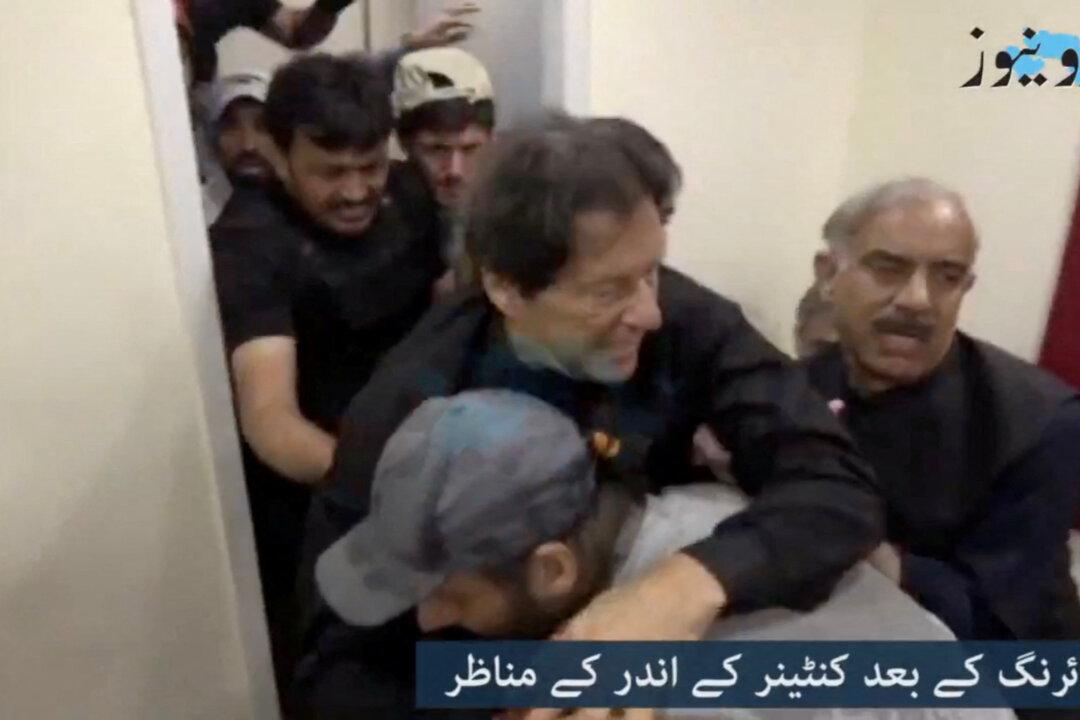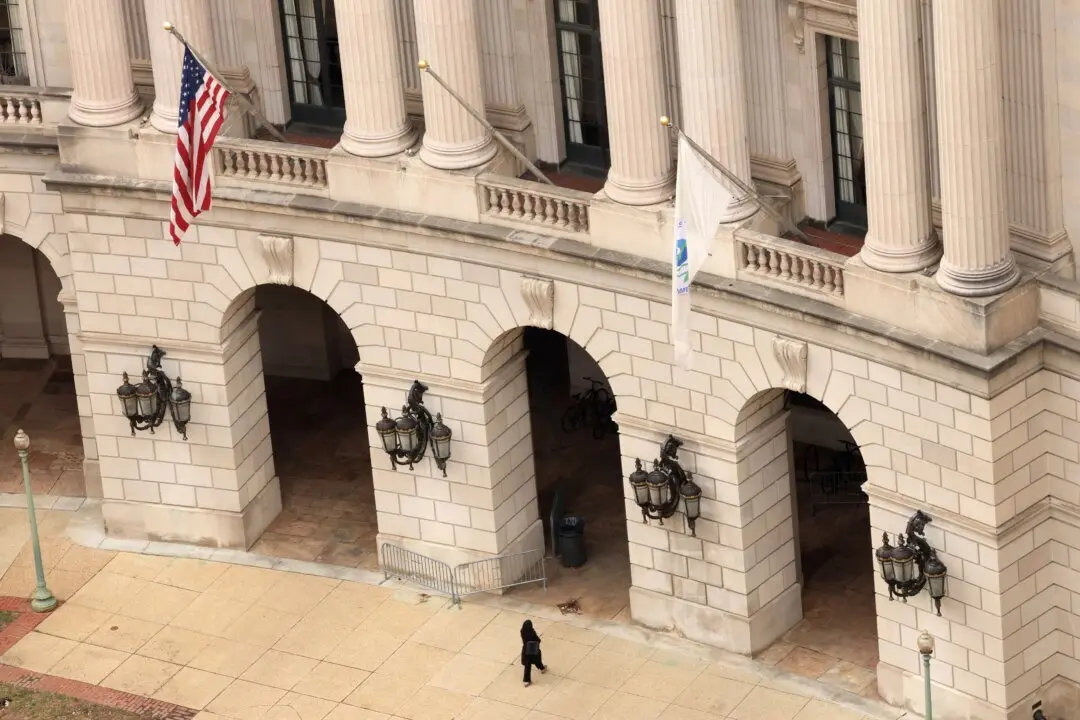LAHORE, Pakistan—Former Pakistan Prime Minister Imran Khan was shot in the shin on Nov. 3 when his anti-government protest convoy came under attack in the east of the country in what his aides said was a clear assassination attempt by his rivals.
Khan, ousted as prime minister in a parliamentary confidence vote in April, was six days into a protest procession bound for Islamabad, standing and waving to thousands of cheering supporters from the roof of a container truck, when gunshots were fired.





